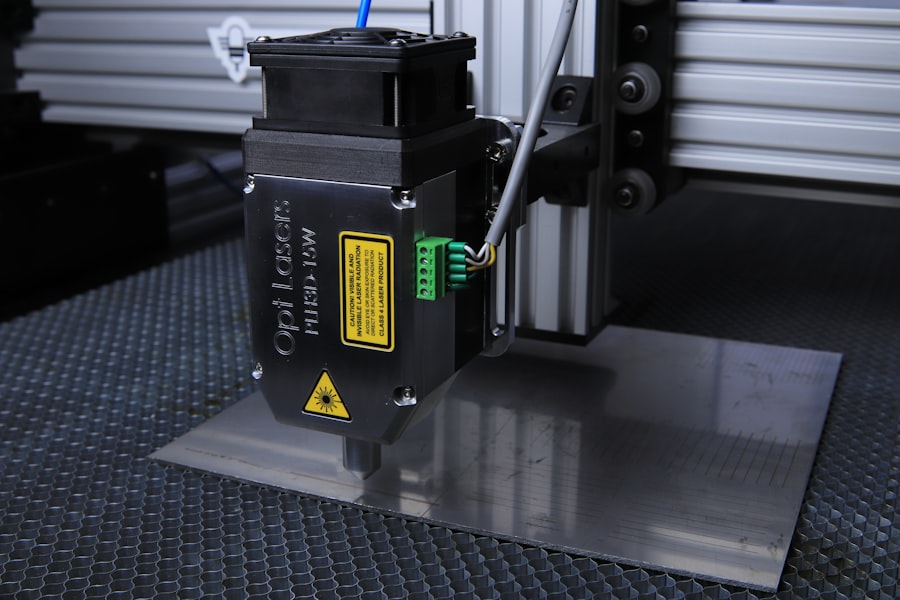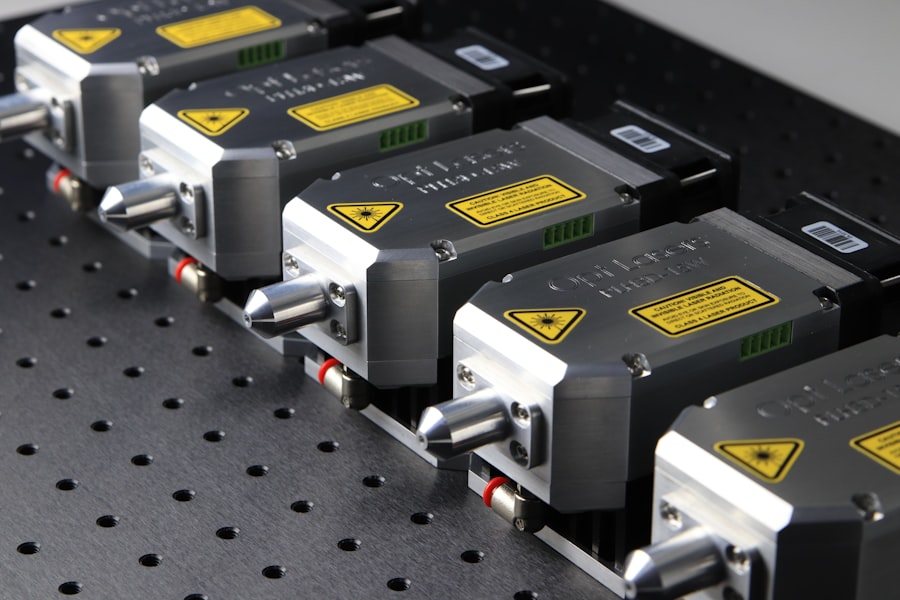Aftercare is a crucial aspect of any treatment, whether it be cosmetic, medical, or therapeutic. You may not realize it, but the steps you take after a procedure can significantly influence your overall results and recovery. Proper aftercare ensures that your body heals correctly and that you achieve the desired outcomes from your treatment.
It is essential to understand that your skin, or the area treated, is in a vulnerable state immediately following a procedure. This is the time when it needs the most attention and care. By prioritizing aftercare, you not only enhance the effectiveness of the treatment but also minimize the risk of complications.
You might find that adhering to aftercare guidelines can lead to faster healing times and better results. Ignoring these recommendations can lead to adverse effects, such as infections or prolonged discomfort. Therefore, understanding the importance of aftercare is the first step in ensuring that you maximize the benefits of your treatment while minimizing potential risks.
Key Takeaways
- Aftercare is crucial for the success of any treatment
- Keep the treated area clean and moisturized to promote healing
- Avoid exposing the treated area to sunlight to prevent damage
- Wear loose clothing to prevent irritation and allow the skin to breathe
- Follow the recommended schedule for follow-up treatments to maintain results
Do: Keep the Treated Area Clean and Moisturized
One of the most fundamental aspects of aftercare is maintaining cleanliness and hydration in the treated area. You should gently cleanse the area with a mild soap and lukewarm water to remove any impurities or bacteria that may have settled on your skin. This simple act can prevent infections and promote healing.
It’s essential to be gentle; scrubbing or using harsh soaps can irritate the skin further, leading to complications. You might consider using a soft cloth or your fingertips to cleanse the area delicately. In addition to keeping the area clean, moisturizing is equally important.
Applying a suitable moisturizer helps to maintain hydration levels in your skin, which can be particularly beneficial if you experience dryness or flaking post-treatment. Look for products that are fragrance-free and designed for sensitive skin to avoid any adverse reactions. Regularly moisturizing not only aids in healing but also helps to keep your skin supple and comfortable during the recovery process.
Don’t: Expose the Treated Area to Sunlight

After undergoing a treatment, one of the most critical precautions you should take is to avoid exposing the treated area to direct sunlight. Ultraviolet (UV) rays can be particularly damaging to healing skin, leading to pigmentation issues or even burns. You may feel tempted to enjoy some sun, especially if the weather is pleasant, but it’s vital to protect your skin during this vulnerable time.
If you must go outside, consider wearing protective clothing or using a broad-spectrum sunscreen with a high SPF to shield your skin from harmful rays. Additionally, even indirect sunlight can pose risks, so it’s wise to stay in shaded areas whenever possible. You might also want to invest in a wide-brimmed hat or an umbrella for extra protection.
Remember that your skin’s sensitivity may last longer than you expect, so maintaining this precaution for several weeks post-treatment can significantly enhance your healing process and overall results.
Do: Wear Loose Clothing to Prevent Irritation
| Loose Clothing | Benefits |
|---|---|
| Allows Air Circulation | Prevents Skin Irritation |
| Reduces Friction | Minimizes Chafing |
| Comfortable Fit | Enhances Mobility |
Comfort should be a priority during your recovery period, and one way to ensure this is by wearing loose-fitting clothing. Tight garments can rub against the treated area, causing irritation and discomfort. You may find that breathable fabrics like cotton are ideal for this purpose, as they allow air circulation while minimizing friction against your skin.
Loose clothing not only promotes comfort but also helps prevent any unnecessary pressure on sensitive areas. Moreover, wearing loose clothing can aid in the healing process by reducing inflammation and allowing your skin to breathe. If you’re unsure about what to wear, consider opting for oversized shirts or dresses that won’t cling to your body.
This simple adjustment can make a significant difference in how you feel during recovery and can help you avoid complications associated with irritation.
Don’t: Use Harsh Chemicals or Exfoliants on the Treated Area
In the days and weeks following your treatment, it’s crucial to avoid using harsh chemicals or exfoliants on the treated area. Your skin is in a delicate state, and introducing aggressive products can lead to irritation or even damage. You might be tempted to reach for your usual skincare routine, but it’s essential to reassess what products are safe for use during this time.
Instead of your regular exfoliating scrubs or toners containing alcohol or strong acids, consider sticking with gentle cleansers and soothing moisturizers.
It’s best to consult with your provider about which products are safe for you during recovery.
By avoiding harsh chemicals and exfoliants, you allow your skin the time it needs to heal properly without unnecessary stress.
Do: Follow the Recommended Schedule for Follow-Up Treatments

Following up with your provider is an essential part of your aftercare plan. They will likely provide you with a recommended schedule for follow-up treatments or check-ins based on your specific procedure and individual needs. Sticking to this schedule is vital for monitoring your progress and addressing any concerns that may arise during your recovery.
You should view these appointments as opportunities for guidance and support as you navigate through the healing process. During these follow-up visits, don’t hesitate to ask questions or express any concerns you may have about your recovery. Your provider is there to help you understand what to expect and how best to care for yourself post-treatment.
By adhering to the recommended schedule, you not only ensure that you are on track for optimal results but also foster a collaborative relationship with your healthcare provider that can enhance your overall experience.
Don’t: Pick or Scratch at the Treated Area
One of the most challenging aspects of aftercare is resisting the urge to pick or scratch at the treated area. It’s natural to feel some itchiness or discomfort as your skin heals, but giving in to these urges can lead to significant complications.
You might find it helpful to keep your hands busy with other activities or use distraction techniques when you feel the urge to scratch. If you notice any areas that seem particularly bothersome, consider discussing them with your provider instead of attempting to address them yourself. They can offer solutions or treatments that are safe and effective for managing discomfort without jeopardizing your healing process.
Remember that patience is key; allowing your skin to heal naturally will yield far better results than succumbing to temptation.
Do: Communicate Any Concerns or Side Effects to Your Provider
Open communication with your healthcare provider is essential throughout your recovery journey. If you experience any unusual side effects or have concerns about how your skin is healing, don’t hesitate to reach out for guidance. Your provider is there to support you and can offer valuable insights into what is normal versus what may require further attention.
By being proactive about communicating any issues, you empower yourself in the healing process and ensure that you receive appropriate care. Additionally, documenting any changes you notice can be helpful when discussing your recovery with your provider. Keeping track of symptoms such as redness, swelling, or discomfort allows for more informed conversations during follow-up appointments.
Remember that no concern is too small; addressing issues early on can prevent complications down the line and contribute positively to your overall experience post-treatment. In conclusion, aftercare plays an integral role in ensuring successful outcomes following any treatment procedure. By understanding its importance and adhering to recommended practices—such as keeping the treated area clean and moisturized while avoiding sun exposure—you set yourself up for optimal healing and satisfaction with your results.
Remembering what not to do is just as crucial; avoiding harsh chemicals and refraining from picking at the treated area are essential steps in protecting your skin during this vulnerable time. By following these guidelines and maintaining open communication with your provider, you can navigate through recovery confidently and effectively.
If you’re looking for more information on laser hair removal aftercare, be sure to check out the article “Fashion Home” on inlaserhairremoval.com. This article provides additional tips and advice on how to properly care for your skin after a laser hair removal treatment. It’s important to follow the do’s and don’ts to ensure the best results and minimize any potential side effects.
FAQs
What is laser hair removal aftercare?
Laser hair removal aftercare refers to the steps and precautions that should be taken after undergoing a laser hair removal treatment to ensure proper healing and optimal results.
Why is laser hair removal aftercare important?
Proper aftercare is important to minimize the risk of complications such as skin irritation, burns, and hyperpigmentation. It also helps to ensure the best possible results from the treatment.
What are the do’s for laser hair removal aftercare?
Some do’s for laser hair removal aftercare include keeping the treated area clean and moisturized, avoiding sun exposure, wearing sunscreen, and following the specific aftercare instructions provided by the treatment provider.
What are the don’ts for laser hair removal aftercare?
Some don’ts for laser hair removal aftercare include avoiding hot showers, saunas, and excessive sweating, refraining from picking or scratching the treated area, and avoiding certain skincare products that may irritate the skin.
How long does it take for the skin to heal after laser hair removal?
The healing time after laser hair removal can vary depending on the individual and the specific treatment. In general, most people experience redness and mild swelling for a few hours to a few days after the treatment.
Can I shave or wax after laser hair removal?
It is generally recommended to avoid shaving or waxing the treated area between laser hair removal sessions, as these methods can disrupt the hair follicles and interfere with the effectiveness of the treatment.
Is it normal to experience redness and swelling after laser hair removal?
Yes, it is normal to experience redness and swelling after laser hair removal. These are common side effects that typically subside within a few hours to a few days after the treatment.
Can I apply makeup or skincare products after laser hair removal?
It is important to follow the specific aftercare instructions provided by the treatment provider regarding the use of makeup and skincare products after laser hair removal. In general, it is best to avoid certain products that may irritate the skin.
When can I resume normal activities after laser hair removal?
Most people can resume normal activities immediately after laser hair removal, but it is important to avoid activities that may irritate the treated area, such as excessive sweating or sun exposure.
What should I do if I experience any complications after laser hair removal?
If you experience any complications after laser hair removal, such as severe pain, blistering, or unusual skin changes, it is important to contact your treatment provider immediately for further guidance and assistance.






